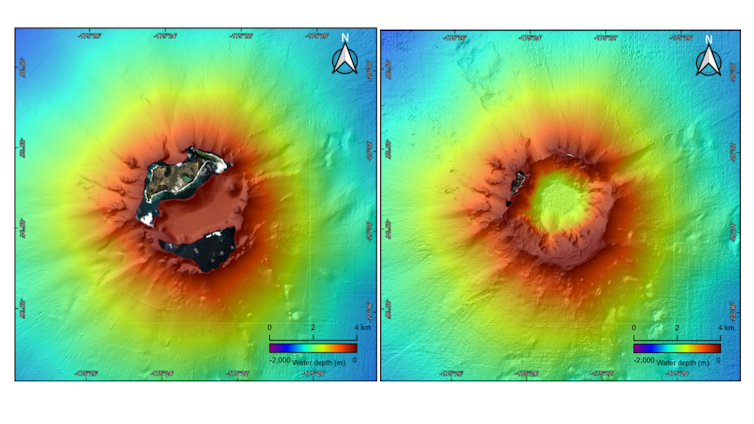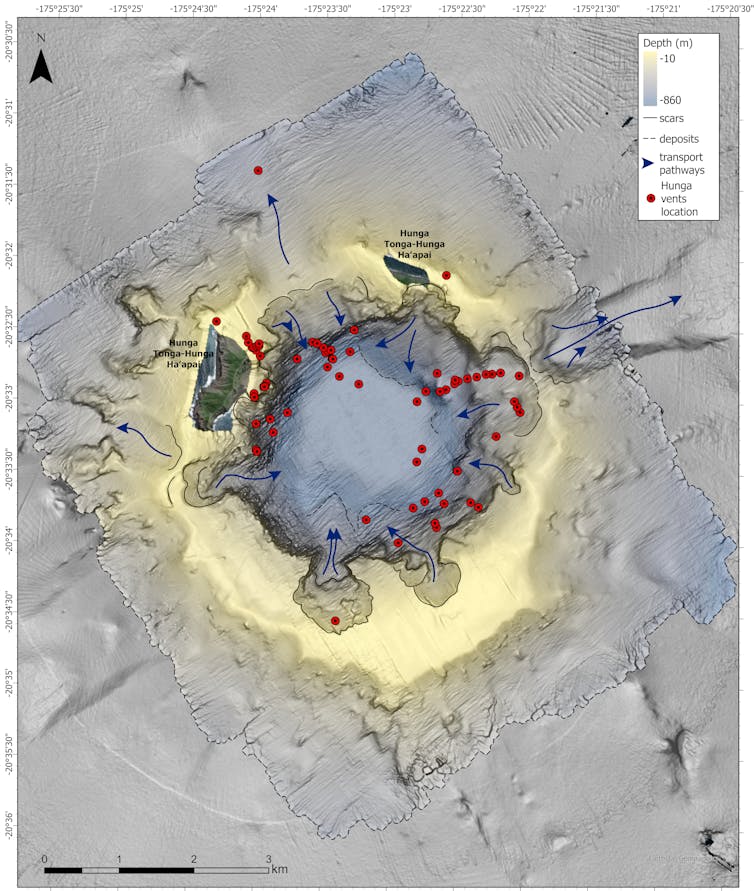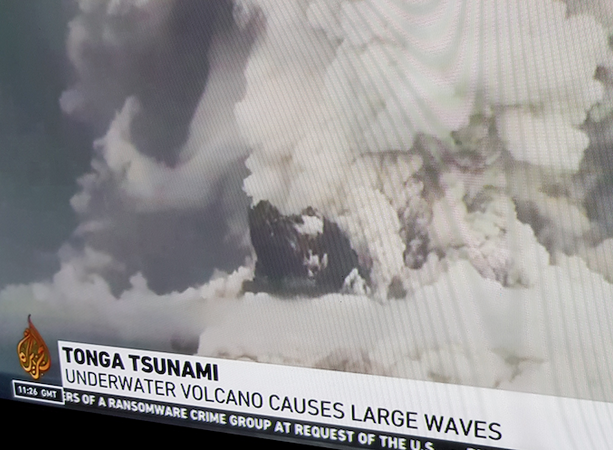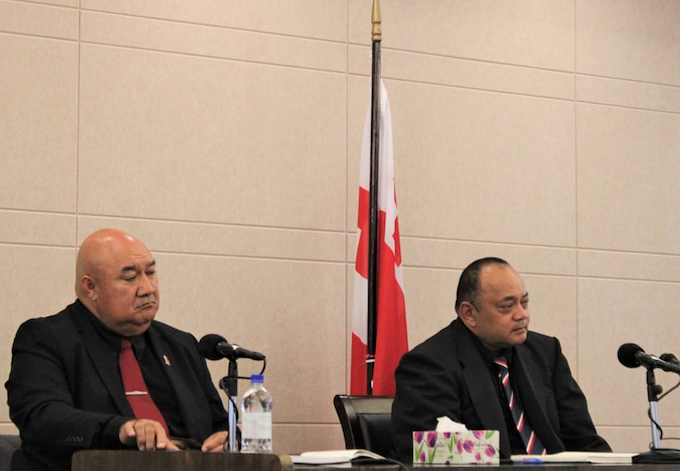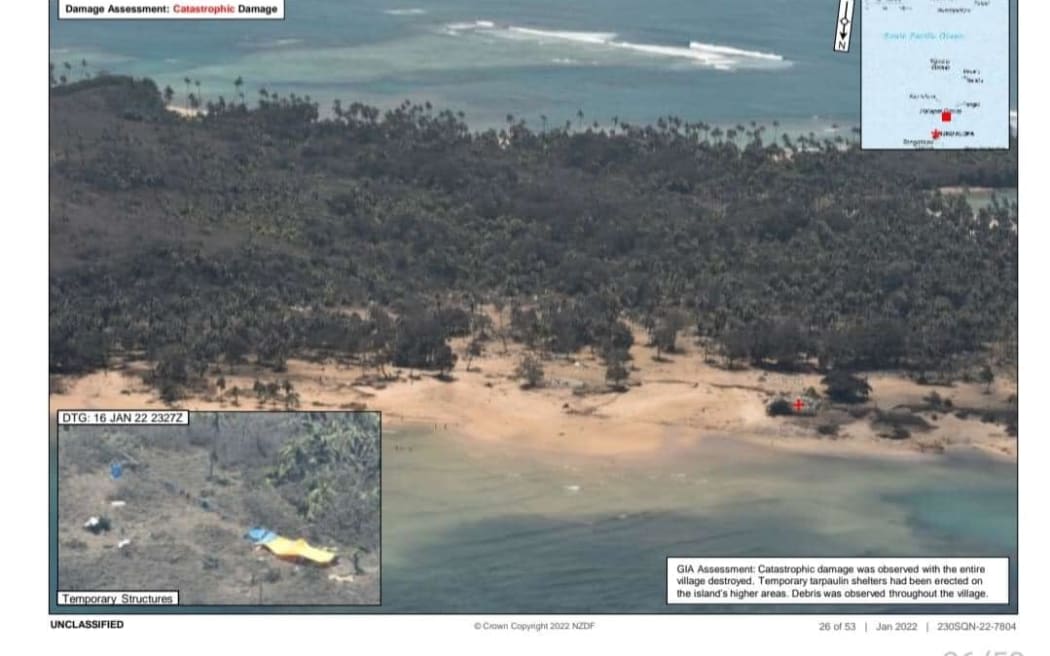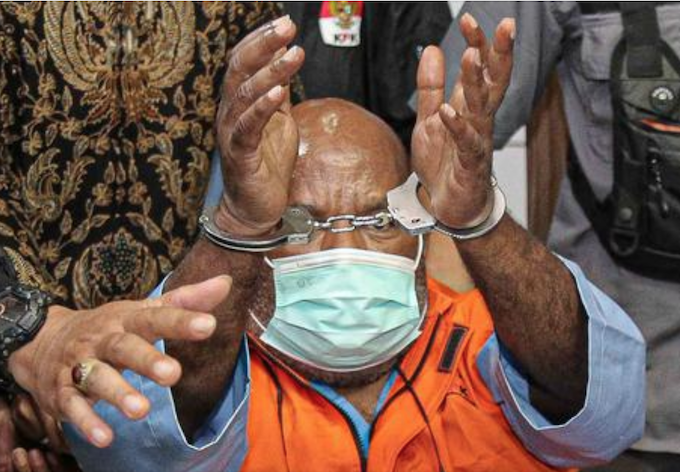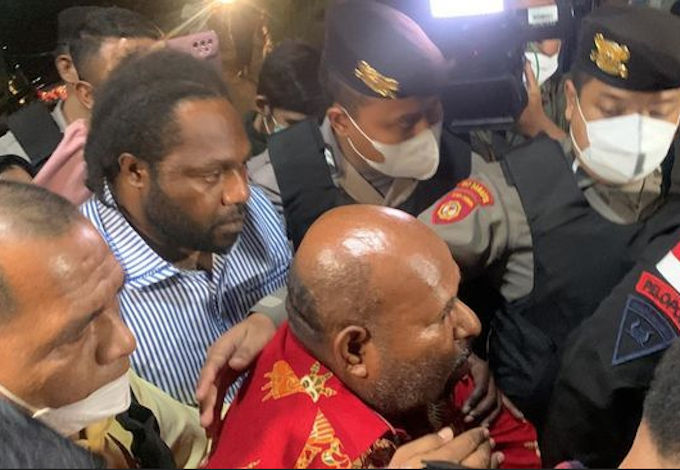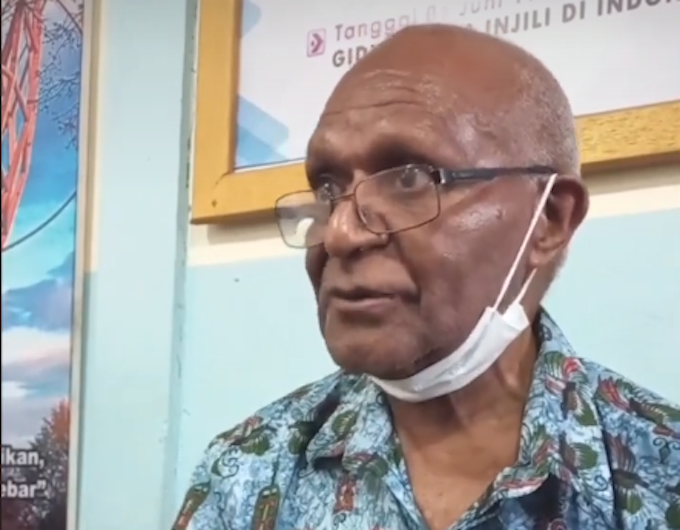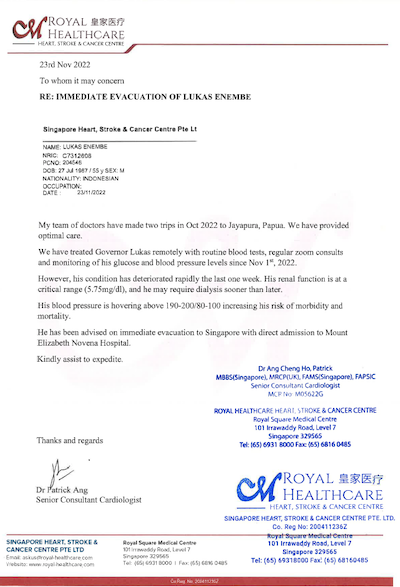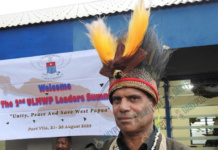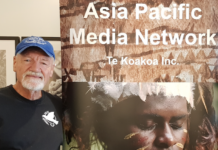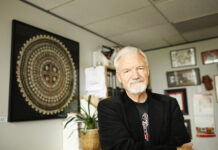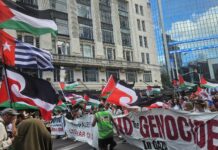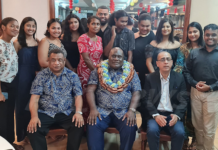“History will judge Jacinda Ardern as a remarkable leader. She is genuinely kind and has an incredible intellect, she’s made more of a contribution than she will ever appreciate. I can’t help but feel like we need to find better ways to support women and mothers in politics.” – union lawyer, columnist and mother Fleur Fitzsimons
By Anusha Bradley, RNZ News investigative reporter
Within hours of New Zealand Prime Minister Jacinda Ardern’s shock resignation announcement in Napier, a small crowd gathered outside the city’s conference centre.
Unlike the steady stream of shocked Labour MPs still coming to terms with the news, these folks were celebrating.
“Ding dong the witch is gone,” a placard read.
Online, there have been similar sentiments to be found among groups bitterly opposed to Ardern. The Freedom and Rights Coalition even takes credit for Ardern’s departure in a post on Facebook: “We can now celebrate the departure of this leader of division. We did it!”
- READ MORE: Ardern’s resignation as NZ prime minister a game changer for 2023 general election
- Reaction from around the world
- Other Jacinda Ardern reports
The comments on the post are unfit to repeat here.
Entering what would have been her sixth year, Ardern is the longest-serving Labour Prime Minister after Peter Fraser and Helen Clark. But in an emotional speech to her caucus in Napier she revealed she “no longer had enough in the tank” to do the job.
“It’s time,” she said.
“As much as I have taken great joy in this job, I would be giving a disservice to this country and to the Labour Party if I continued, knowing that I just don’t have enough in the tank for another four years.”
Violent abuse
While it wasn’t explicitly stated, it’s hard to imagine the increasingly violent abuse directed at her was not part of the reason.
“It is no surprise to me at all … she could not, not be affected by this,” says Disinformation Project director Kate Hannah.
Ardern probably tops the list for the amount of vitriol endured by any political leader in this country, Hannah believes.
“In the earlier parts of her first term we got sort of commentary about her looks and her lack of perceived experience. The fact that sort of she was, you know, well spoken, and really good at communicating complex issues was kind of a slur against her.”
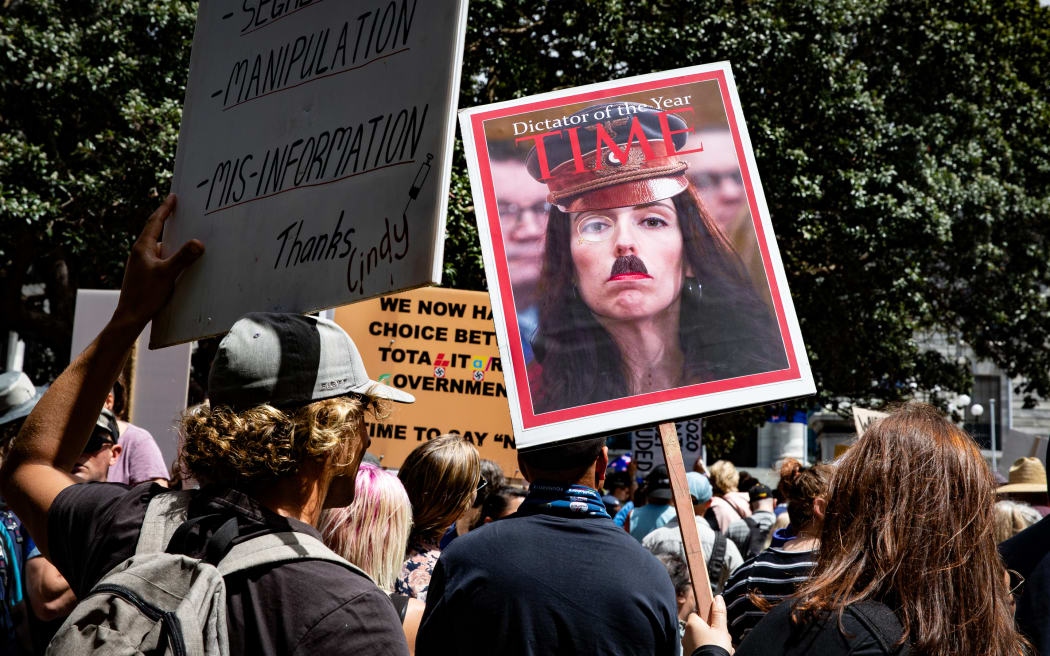
But in the last two years the misogyny and violence directed towards Ardern has not only increased in volume, but also become more dangerous, says Hannah, who studies online hate speech and disinformation.
“The language and imagery used to talk about the Prime Minister has become more violent, more vulgar, more crude and repetitive.”
According to a recent study, published just before Christmas, which charts the rise of misogynistic language towards female leaders and women in the public sphere, the most prevalent word used to describe the Prime Minister in these circles is “the C word, and the most prevalent visual image is of witchcraft”.
“And this is old data. This is data from the middle of last year. So it’s actually got worse.”
Grim factoid
Another grim factoid from the paper shows the word “Neve” – referring to Ardern’s pre-school daughter — is also on the most prevalent list.
In June, it was revealed the number of threats towards Ardern has almost tripled in the past three years.
Hannah, who herself has been subjected to similar abuse — including death threats — says she presented the paper’s findings to Ardern and a range of MPs late last year.
How did Ardern react?
“As we all do . . . trying to laugh it off and saying the job is more important . . . and you just have to get on with the job,” says Hannah.
But this is no laughing matter, she says. This new virulent brand of misogyny is on the rise and it affects all women.
“The international disinformation, far right, pro-Putin community is incredibly misogynistic.
‘Incredibly abusive’
“It is incredibly abusive and derogatory, and what it does is attempts to reduce a person to their basic self, and in doing so signals to every other person who shares characteristics with that individual who has been targeted that they are equally worthless, equally base, equally loathed.
“So has this purpose of both targeting individually her as a woman, her role as prime minister, and then all women or all people who share some of those characteristics with her,” says Hannah.
Massey University senior lecturer Dr Suze Wilson, who studies leadership and has examined the vitriol aimed at Ardern, says even the coining of “Jacindamania”, referring to her meteoric rise in popularity as leader served as an early warning of what was to come.
“As if somehow people were losing their heads to be excited by the prospect of a potential Prime Minister, who was young and female and articulate, through to the last couple of years where it’s become increasingly violent, the kind of abuse to which she’s been subjected.”
While the pandemic has been a factor, research also shows that generally it is becoming more challenging for women to be taken seriously, says Wilson.
“Particularly if they are younger and particularly if they don’t cleave to a masculine style, which Ardern does not.”
Worryingly, misogynistic sentiment is also on the rise globally. The latest Reykjavik Index for leadership tracks views about whether a man or woman would be more suitable to a certain position.
Backwards trend
“The most recent data came out just before Christmas, and it is showing that in some countries for the first time that there was actually some backwards moving trends,” says Wilson.
“It was showing, alarmingly, that it’s particularly among younger men, and those are the ones that are being exposed to the likes of Jordan Petersons and Andrew Tates of the world who are learning from them a really just disrespectful and antagonistic view towards women.”
Wilson says she first started noticing a shift in sentiment towards Ardern during the first 2020 lockdown. But it didn’t come from the dark corners of the anti-vax movement, but on the mainstream business social networking site LinkedIn.
‘”I started seeing people, you know like business leaders, using words like tyrant and dictator to describe the prime minister, and I was kind of quite disturbed by that.
“The fact that they can make those kinds of statements and think that somehow that would be a credible statement, tells you kind of something about the shifting norms of what’s considered an OK way to talk about our prime minister.”

Dr Wilson believes this must have taken its toll on Ardern.
“It’s hard to believe that it wouldn’t affect you, right? I mean, it would affect anybody . . . Having people talk about wanting to hang her, wanting to harm her child, the persistent rumours about her partner. She’s human, of course it’s going to take quite a toll.”
‘Look in the mirror’
Ardern herself has rarely acknowledged the abuse publicly. Wilson can understand why.
“I can understand why she doesn’t want to highlight it, because it would be, perhaps for those that are engaged in that behaviour, some kind of reinforcement that what they’re doing is having an effect.
“But really, they should just look in the mirror and be deeply ashamed of their conduct.”
Hannah says it’s also worrying the violent rhetoric towards the prime minister is now considered the “new normal”.
“This type of language and abuse is now so normalised that it’s very hard to pull back from. When people have become accustomed to using the C word, as the most commonly used word to describe the prime minister, then, you know, I just don’t know how we come back from that in any kind of quick way.”
For some, the issue was so pervasive it defined the way they viewed the announcement of her resignation. A number of public figures referred to it in posts on Twitter:
#PrimeMinister @jacindaardern resigned today. I am not surprised nor do I blame her. Her treatment, the pile on, in the last few months has been disgraceful and embarrassing. All the bullies, the misogynists, the aggrieved. She deserved so much better. A great leader. Thanks PM! pic.twitter.com/7b1AhjBXrW
— Sam Neill (@TwoPaddocks) January 19, 2023
History will judge Jacinda Ardern as a remarkable leader.
She is genuinely kind and has an incredible intellect, she’s made more of a contribution than she will ever appreciate.
I can’t help but feel like we need to find better ways to support women and mothers in politics.
— Fleur Fitzsimons (@FleurFitzsimons) January 19, 2023
Apart from wartime, no New Zealand Prime Minister has faced the challenges Jacinda Ardern has handled. And certainly none has had to govern through the kind of deranged abuse and threat to which she has been subject in the past two years.
— Russell Brown (@publicaddress) January 19, 2023
No matter what you thought of her politics, the sustained personal attacks and hatred levelled at Jacinda was unlike anything I’d seen- from critiques of her motherhood to hysteria and conspiracy theories to threats of violence.
It’s not safe to be a woman in public light
— Mohamed Hassan (@mohamedwashere) January 19, 2023
And on the streets of Auckland, kilometres away from the dwindling crowd outside Napier’s conference centre, an emotional Tessa Williams from Taupō, perhaps summed up the view of those most disturbed by the vitriol Ardern received.
“She’s put up with a lot of really tough stuff. I mean, I was surprised that she has hung in kind of as long as she did,” Williams said.
“It was pretty rough how she’s been treated. Yeah, I think it’s a good decision. It was so hard for her. She did a really good job.
“It’s sad that people were so mean to her.”
This article is republished under a community partnership agreement with RNZ.
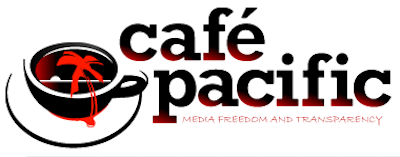


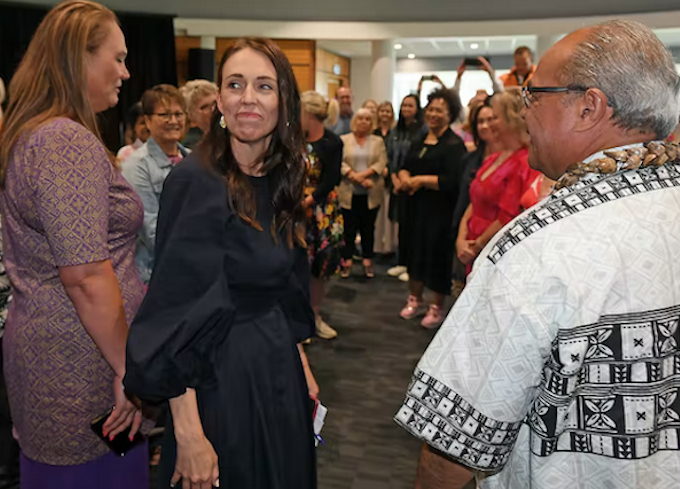
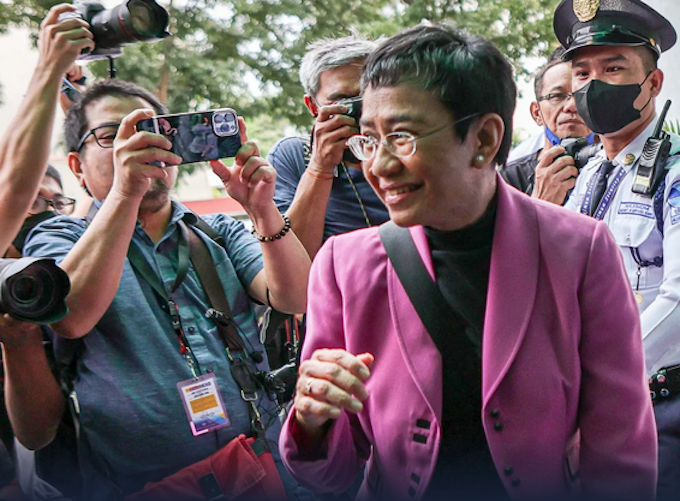
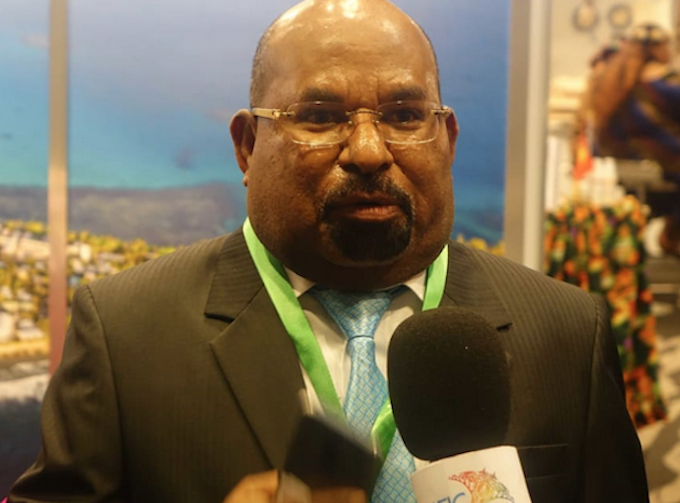
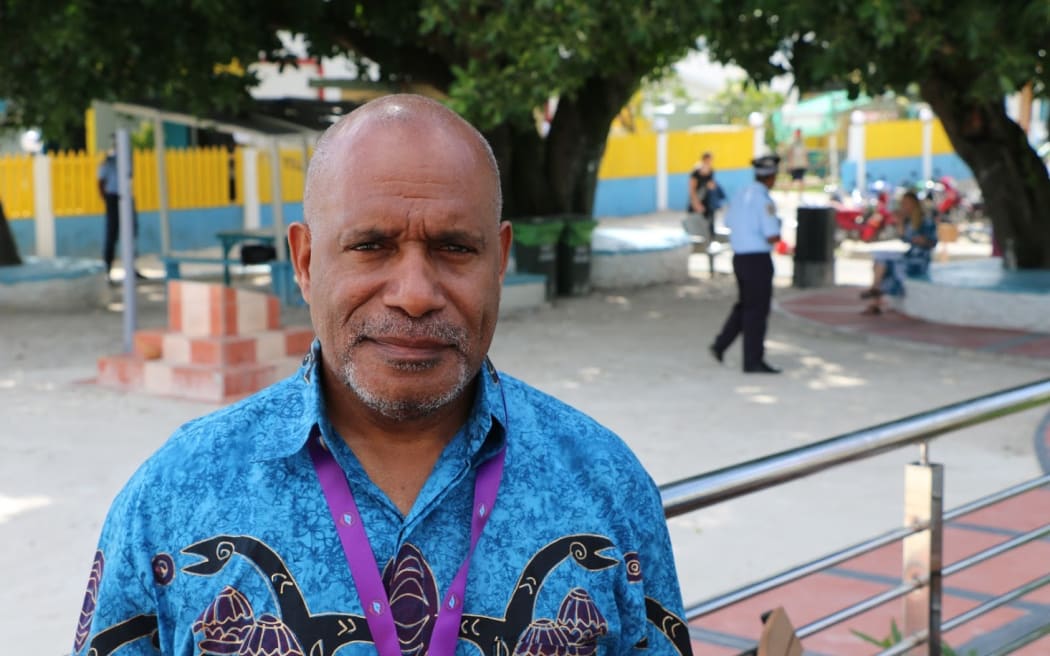
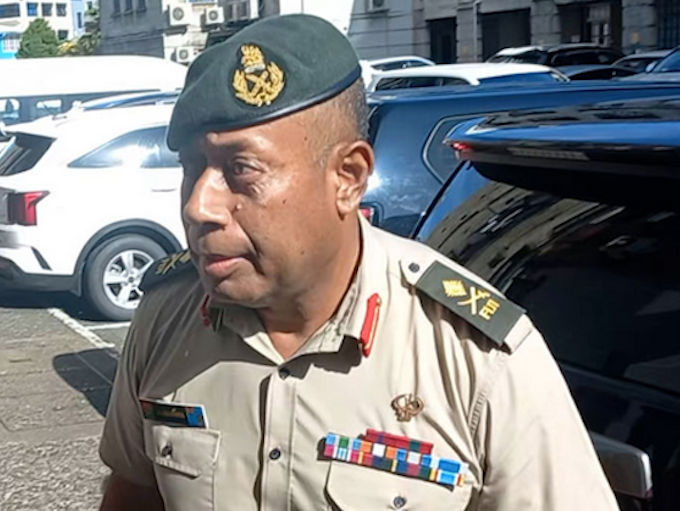
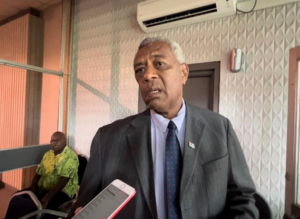
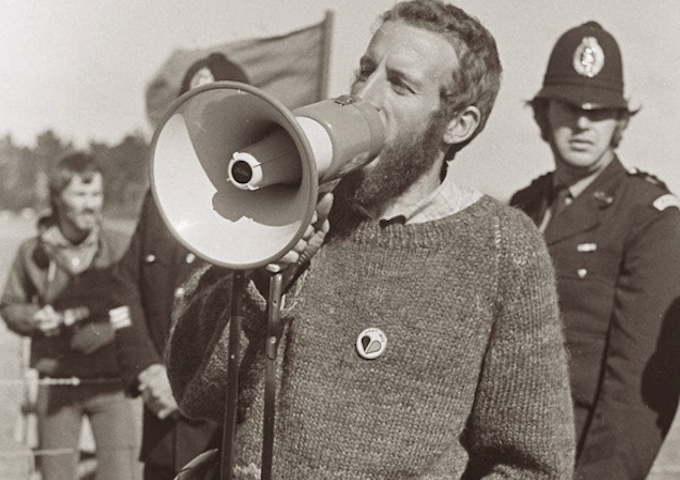
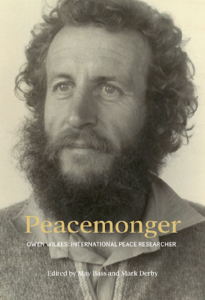
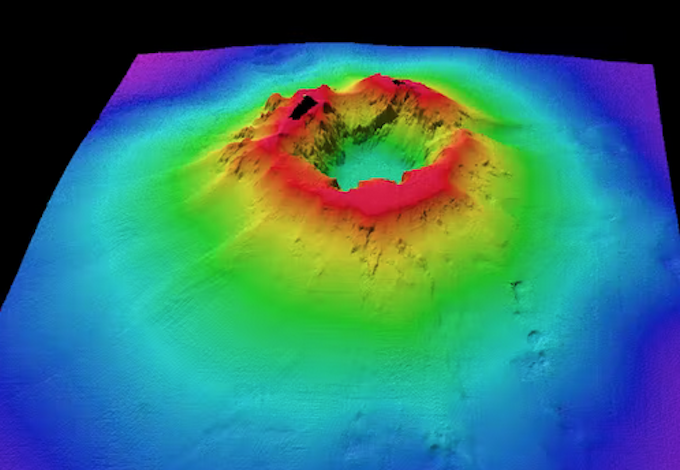

 The Hunga Tonga-Hunga Ha’apai eruption has firmly established itself in the record books with the highest ash plume ever measured.
The Hunga Tonga-Hunga Ha’apai eruption has firmly established itself in the record books with the highest ash plume ever measured.